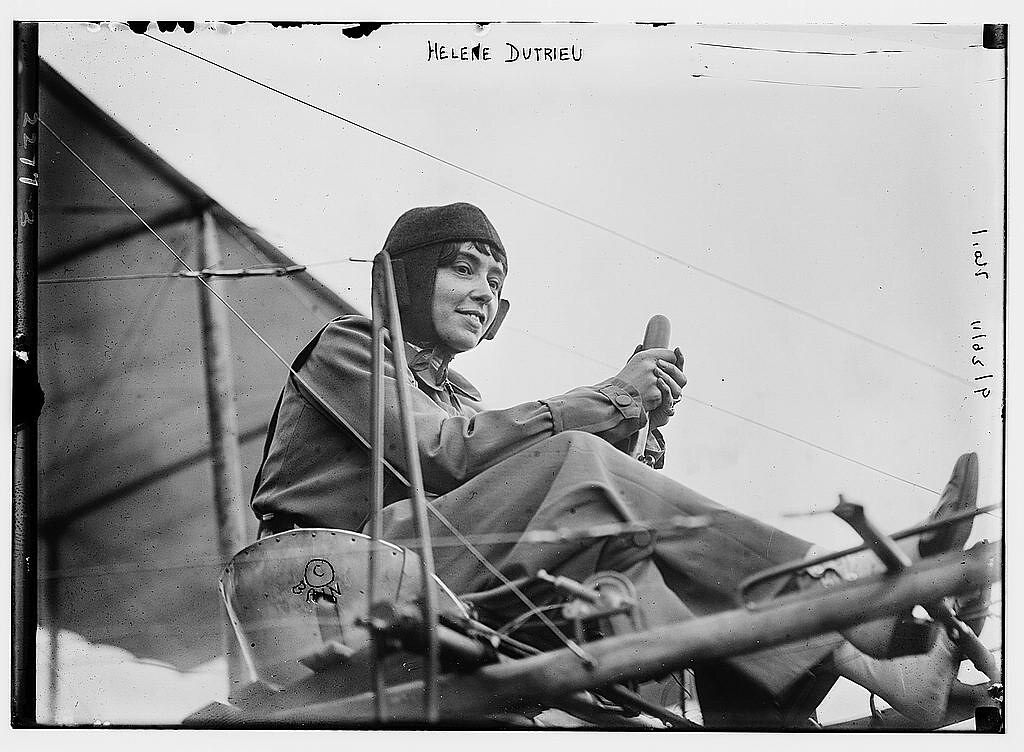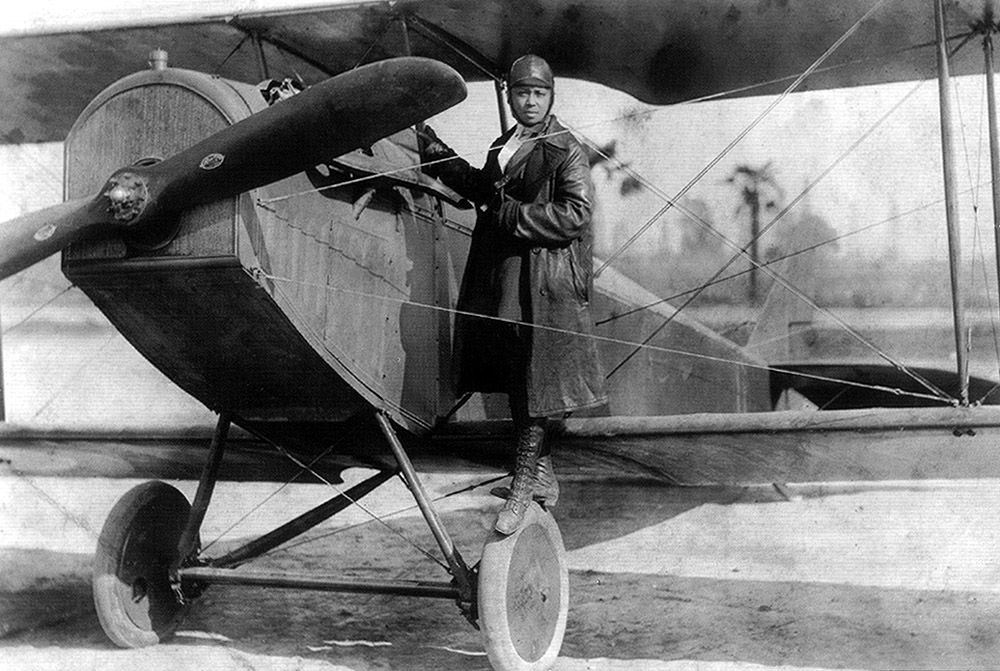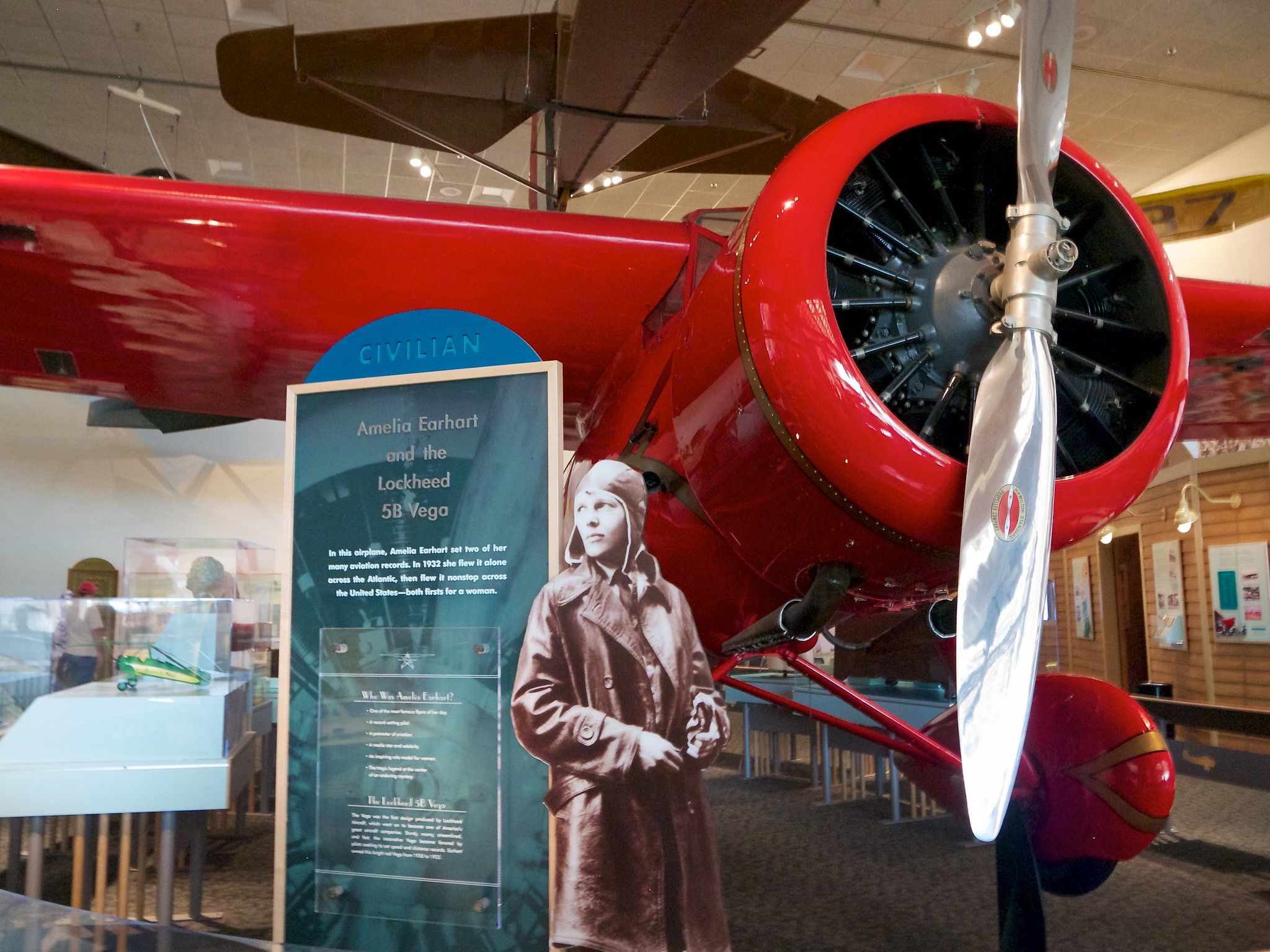The early days of flying are full of inspiring stories of female aviation pioneers and evoke memories of arguably one of the most famous, Amelia Earhart. There were many other female aviation pioneers, particularly in the years just after the Wright brothers' first flight and in the lead up to and through the World Wars. A competition created by a French magazine helped to inspire female aviation pioneers in the infancy of aviation. We take a closer look at this fascinating story of aviation history and how it helped to promote the role of early female aviators.
The Femina Cup
Pierre Lafitte established a ladies magazine in 1901 called Fémina. It became a popular publication in France, rivaling some other large established newspapers of the day. The magazine provided the name for The Femina Cup, which was launched in 1910. This was a competition open only to female aviators, with the winner collecting a prize of 2,000 francs. All the winner had to do was complete the longest flight in time and distance without landing by sunset on December 31st.
The first winner of The Femina Cup was a Belgian lady by the name of Hélène Dutrieu. She accomplished this in a Farman aircraft and flew for 1 hour and 9 minutes, over a distance of 60.8km (37.8 miles).
Hélène Dutrieu
Hélène Dutrieu was born in July 1877 in Tournai and was already accomplished by the time she won the cup. She was a successful cyclist, and she also raced motorcycles and cars. By the age of 20, she had won the cycling world championship. Her success led the King of Belgium to recognize her achievements with a prestigious civic award, before being honored later by France. She was only the fourth female ever to obtain a pilot's license, overcoming an initial setback after her first flight crashed.
She won The Femina Cup for a second time in 1911. This time she achieved a distance of 243.8km (151.5 miles) in 2 hours and 58 minutes.
In later life, she served in the military during World War I as an ambulance driver and eventually became the director of a military hospital. After marriage to a Frenchman, she became a French citizen and served as a Vice President of the Aéro-Club de France. She died at the age of 83 in 1961.
Get all of the latest aviation news here.
Female Aviation Pioneers
Hélène Dutrieu was undoubtedly one of the first female aviation pioneers. However, the first licensed female pilot was Elise Deroche, and she obtained her license in 1910. Many others followed, but female aviators faced discrimination and bias. This included Bessie Coleman, who was the first black female pilot. She was not allowed to attend a flight school in the USA, so she went to France to obtain her license before returning home in 1921 to open a flight school. She sadly died in an aircraft crash in 1926.
Blanche Scott was the first female pilot to fly solo. Before retiring in 1916, she had a varied career in aviation, including as a stunt pilot and testing aircraft.
Amelia Earhart does not need much introduction, but there were many other female aviation pioneers before her. Harriet Quimby was the first female to fly across the English Channel. Ruth Law made her first solo flight only a matter of weeks after her first-ever flight, and she became a record breaker in 1916, breaking the record for the longest nonstop flight in the USA, flying from Chicago to New York.
The Femina Cup helped to champion early female pioneers and raise their profile, but discrimination and bias prevented parity with male counterparts. Despite this, there are many female aviation pioneers, and we have only been able to mention a select few.
Who are your favorite early female aviation pioneers?



